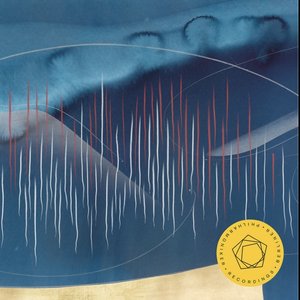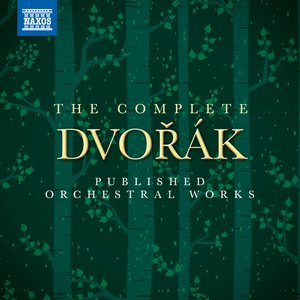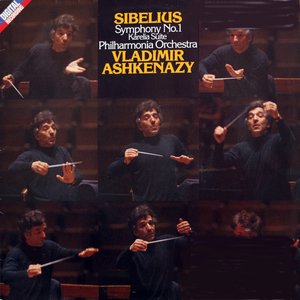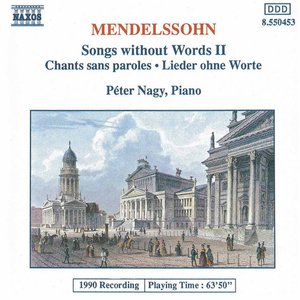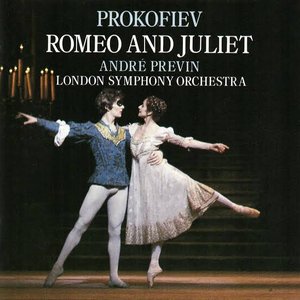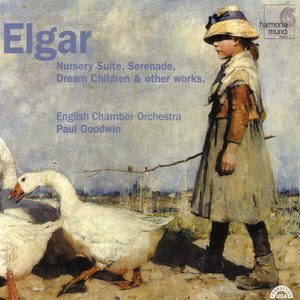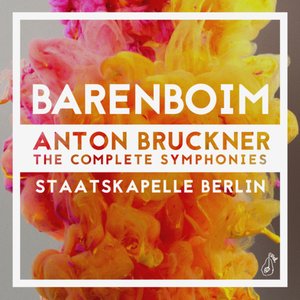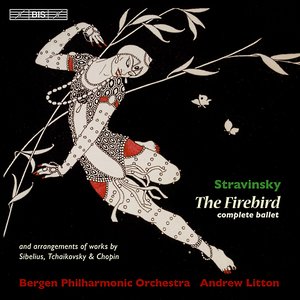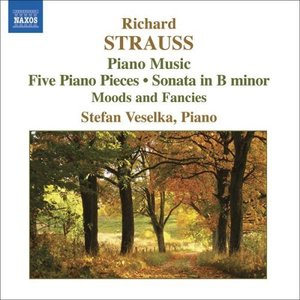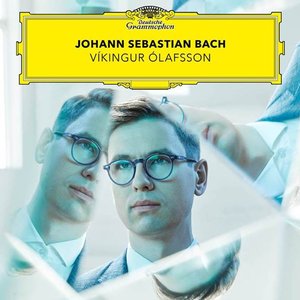Wiki
-
Release Date
1975
-
Length
2 tracks
Also sprach Zarathustra, Op. 30 (Eng. Thus Spake Zarathustra) (About this sound sample (help·info)) is a tone poem by Richard Strauss, composed in 1896 and inspired by Friedrich Nietzsche's philosophical treatise of the same name. The composer conducted its first performance in Frankfurt. A typical performance lasts half an hour.
The work has been part of the classical repertoire since its introduction in 1896. The opening fanfare "Sunrise" has become known to the general public due to its use in Stanley Kubrick's 1968 film 2001: A Space Odyssey.
Instrumentation
* woodwinds: piccolo, 3 flutes (3rd doubling piccolo), 3 oboes, English horn, 3 clarinets in E-flat and B-flat, bass clarinet in B-flat, 3 bassoons, contrabassoon
* brass: 6 horns in F, 4 trumpets in C, 3 trombones, 2 tubas
* percussion: timpani, bass drum, cymbals, triangle, glockenspiel, bell on low E
* keyboard: organ
* strings: 2 harps, violins i, ii (16 each), violas (12), cellos (12), double basses (8) (several with low C string).
Structure
The piece is divided into nine sections played with only three clear breaks. Strauss named the sections after selected chapters in the book:
1. Einleitung (Introduction)
2. Von den Hinterweltlern (Of the Backworldsmen)
3. Von der großen Sehnsucht (Of the Great Longing)
4. Von den Freuden und Leidenschaften (Of the Joys and Passions)
5. Das Grablied (The Grave-Song)
6. Von der Wissenschaft (Of Science)
7. Der Genesende (The Convalescent)
8. Das Tanzlied (The Dance Song)
9. Nachtwandlerlied (Song of the Night Wanderer)
The piece starts with a sustained double low C on the double basses, contrabassoon and organ. This leads into the brass fanfare of the Introduction and introduces the "dawn" motif (from "Zarathustra's Prologue", the text of which is included in the printed score) that permeates the structure of the entire work: the motif includes three notes, in intervals of a fifth and octave, as C-G-C (also called the Nature-motif). On its first appearance, the motif is a part of the first five notes of the natural overtone series: octave, octave and fifth, two octaves, two octaves and major third (played as part of a C major chord with the third doubled). The major third is immediately changed to a minor third, which is the first note played in the work (E flat) that is not part of the overtone series.
"Of the Backworldsmen" begins with cellos, double-basses and organ pedal before opening up into a lyrical passage for the entire section. The following two sections, "Of the Great Yearning" and "Of Joys and Passions", both introduce motifs that are more chromatic in nature.
"Of Science" features an unusual fugue beginning in the double-basses and cellos, which consists of all twelve notes of the chromatic scale. It is one of the very few sections in the orchestral literature where the basses must play a contra-b (lowest b on a piano).
"The Convalescent" acts as a reprise of the original motif, and climaxes with a massive chord in the entire orchestra.
"The Dance Song" features a very prominent violin solo throughout the section.
The end of the "Song of the Night Wanderer" leaves the piece half resolved, with high flutes, piccolos and violins playing a B major chord, while the lower strings pluck a C.
One of the major compositional themes of the piece is the contrast between the keys of B major, representing humanity, and C major, representing the universe. Because B and C are adjacent notes, these keys are tonally dissimilar: B major uses five sharps, while C major has none.
World riddle theme
There are two viewpoints about the World riddle theme (a particular sequence of notes in the melody). Some sources denote the fifth/octave intervals (C-G-C (8va)) as the World riddle motif. However, other sources refer to the 2 conflicting keys in the final section as representing the World riddle (C-G-C B-F♯-B (8va)), with the unresolved harmonic progression being an unfinished or unsolved riddle: the melody does not conclude with a clearly defined tonic note as being either C or B, hence it is unfinished. The ending of the composition has been described:
“But the riddle is not solved. The tone-poem ends enigmatically in two keys, the Nature-motif plucked softly, by the basses in its original key of C—and above the woodwinds, in the key of B major. The unsolvable end of the universe: for Strauss was not pacified by Nietzsche's solution.”
Neither C major nor B major is established as the tonic at the end of the composition.
In popular culture
Also Sprach Zarathustra is best-known to the general public for the inclusion of its introduction in the Stanley Kubrick film, 2001: A Space Odyssey. In addition, Eumir Deodato's jazz-pop version of the song (on Prelude album) won the 1973 Grammy Award for Best Pop Instrumental Performance and went to No. 2 in the pop charts in the US, No. 3 in Canada, and No. 7 in the UK. It was subsequently used to great effect in the 1979 film Being There, starring Peter Sellers and Shirley Maclaine. A fusion version under the title "2002 Zarathustrevisted", arranged by Dale DeVoe, was recorded by the Stan Kenton Orchestra on their 1974 LP 7.5 on the Richter Scale.
Album descriptions on Last.fm are editable by everyone. Feel free to contribute!
All user-contributed text on this page is available under the Creative Commons Attribution-ShareAlike License; additional terms may apply.
